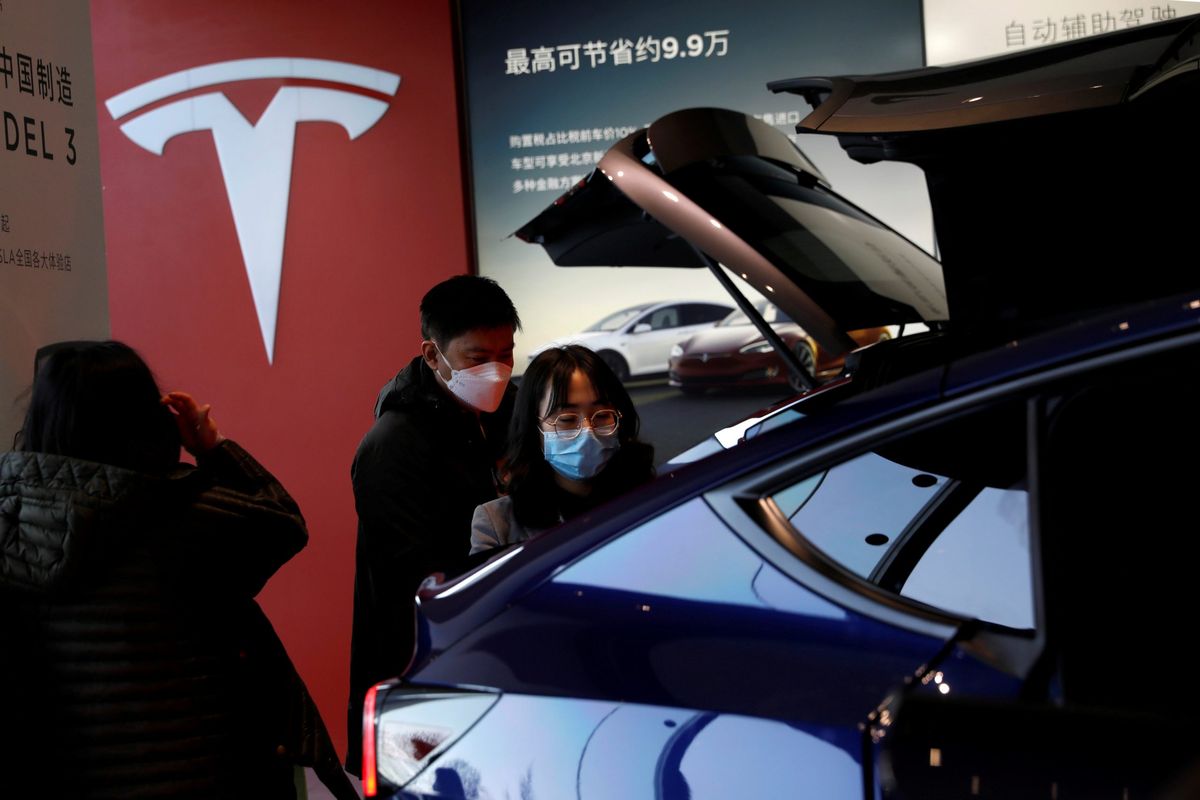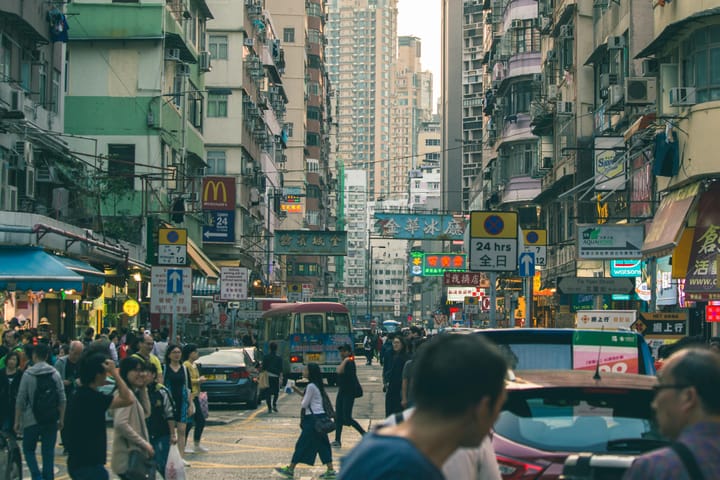With struggles in China, a global chip shortage and universal charging stations, how is Tesla doing?

A few minutes every morning is all you need.
Stay up to date on the world's Headlines and Human Stories. It's fun, it's factual, it's fluff-free.
“Increasing the utilization of the network actually reduces our costs, which allows us to lower charging prices for all customers, make the network more profitable … allows us to grow the network faster.”
How is Tesla doing in China?
- Tesla Inc. hasn’t had a great year in China following an incident earlier this year where the company aggressively denied brake failure after a video of a protester went viral.
- On Weibo, which is China’s version of Twitter, Tesla replied to the viral video of the protest by saying that they would not give in to “unreasonable demands.”
- Global Times, a Chinese state-led media company, then responded to Tesla by saying that, “the arrogant and overbearing stance the company exhibited in front of the public is repugnant and unacceptable, which could inflict serious damage on its reputation and customer base in the Chinese market.”
- Last month, the Chinese government-ordered a recall of almost all Tesla cars sold in China – more than 285,000 – to fix a software flaw.
- Instead of responding like how the company did previously to the previous incident, Tesla complied with the government-ordered recall, but the company’s struggles in China have continued.
- For example, the company’s vehicles have been banned from Beijing government buildings because the Chinese government is worried about the data collected by the company and stored in the United States.
How has Tesla responded to the chip shortage?
- Even though Tesla is struggling in China, the company has seemingly thrived during the chip shortage due to a quick technology change.
- With specific chips unavailable, Tesla decided to rewrite all of the software used on their cars to make them compatible with the chips that were.
- “We were able to substitute alternative chips, and then write the firmware in a matter of weeks,” Musk said. “It’s not just a matter of swapping out a chip; you also have to rewrite the software.”
- This move has led to the company delivering more than 200,000 vehicles to customers over the last three months, the company said.
- Regardless of a chip shortage that is currently plaguing the tech sector, Tesla generated US$11.9 billion in revenue these past three months, which includes a US$1.1 billion in profit.
What’s going on with Tesla’s charging stations?
- In the past few months, Tesla has also indicated that the company is intending on opening up its supercharging stations – which are basically like the top-of-the-line gas stations for electric vehicles – to other EV brands.
- During the Q2 earnings call, Elon Musk touched on some of the thoughts behind how this process would work by saying that users would be required to use the Tesla app.
- We are thinking about a real simple thing where you just download the Tesla app, you go to the Supercharger, you just indicate which stall you are in,” says Musk. “You plug in your car, even if it’s not a Tesla, and you just access the app to tell’“turn on the stall that I’m in for how much electricity,’ and this should work for almost any manufacturer’s electric car.”
- While it may not make sense for Tesla to open up exclusive stations to all-electric vehicles, the idea is actually based on lowering the cost of charging vehicles for all customers, including Tesla vehicles.
- “Increasing the utilization of the network actually reduces our costs, which allows us to lower charging prices for all customers, make the network more profitable … allows us to grow the network faster,” said SVP of powertrain and energy engineering Drew Baglino. “That’s a good thing there.”
What comes next for the company?
- The company is seeing little pushback in the US market, and it is continuing to make strides as it keeps generating profit in the United States.
- But in China, Tesla has continued to face controversy and scrutiny from the public.
- Tesla’s current situation in China is “a warning shot that they need to stay between the lines, and not be so flamboyant in their success,” says Bill Russo, chief executive officer of Automobility, a Shanghai-based consultancy to Bloomberg. You can’t be so far up front that you become arrogant in the way you conduct yourself.”
- Regardless of these struggles in China, many believe that part of the reason the Chinese government has allowed Tesla to operate in China is to encourage competition among other Chinese EV companies, such as NIO, and Musk doesn’t mind.
- “Our goal is to support the advent of sustainable energy,” said Musk. “It is not to create a walled garden and abuse that to bludgeon our competitors – which is sometimes used by some companies.”
Have a tip or story? Get in touch with our reporters at tips@themilsource.com




Comments ()